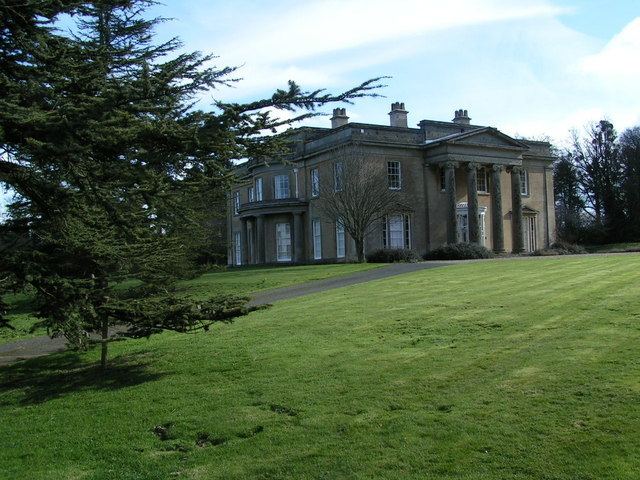Completed 1828 Opened 1828 | Country United Kingdom Client William Jones Construction started 1820 Architect Edward Haycock Sr. | |
 | ||
Similar Clytha Castle, Dingestow Court, Llanvihangel Court, Llanarth Court, The Hendre | ||
Clytha Park in Clytha, Monmouthshire, Wales, is "the finest early nineteenth century Greek Revival house" in the county and encompasses its "two outstanding examples of late eighteenth century Gothic", the gates to the park and Clytha Castle. The owners were the Jones family, later Herbert, of Treowen and Llanarth Court. It is a Grade I listed building as at 1 September 1956.
Map of Clytha Park, Abergavenny, UK
The house was constructed for William Jones on his inheritance in 1820, using the Shrewsbury architect, Edward Haycock Snr. The building is a square in the Greek Doric style, of ashlar with sandstone dressings. It has a large central Ionic portico. The interior is pure Doric, with a circular vestibule leading to a spacious staircase hall.
On the old Abergavenny-to-Raglan road stand the entrance gates, reputedly by John Nash, who did undertake work in South Wales. A lodge is set to one side. The gates have their own Grade II* listing.
Overlooking the house, on a prominent hill, stands the folly of Clytha Castle, constructed by William Jones the Elder in memory of his wife. Long attributed to Nash, recent documentary discovery has shown that it was designed by John Davenport, who also laid out the grounds, a "well-preserved (example of) a late eighteenth century landscape park". The Herbert family lived at the house in the 19th century.
Although owned by the National Trust, the house remains the private residence of Sir Richard Hanbury-Tenison and is accessible only by prior written appointment.
